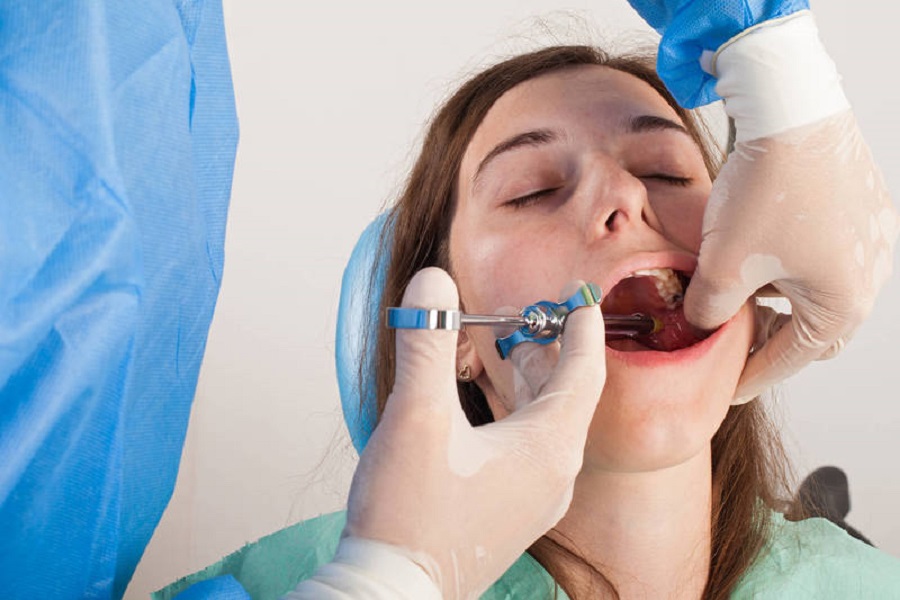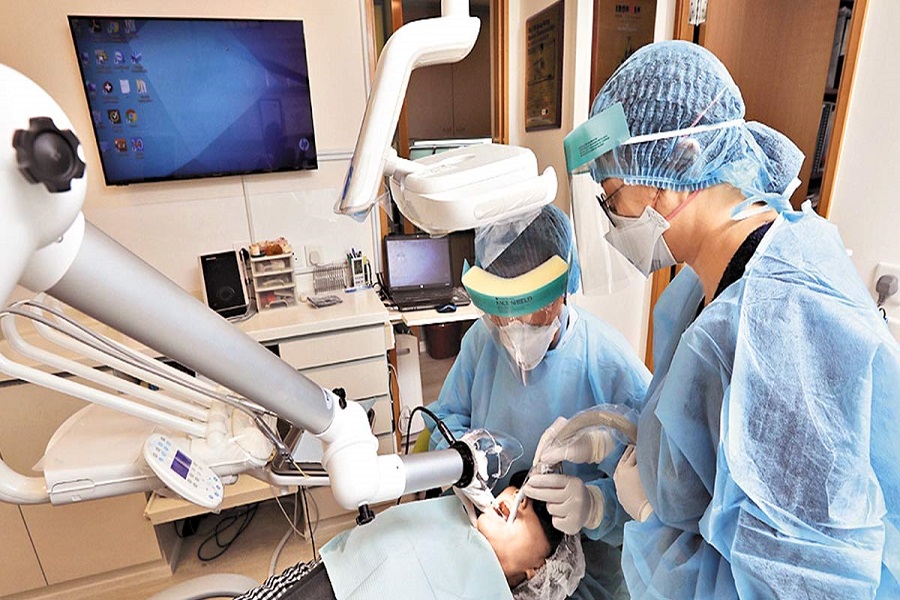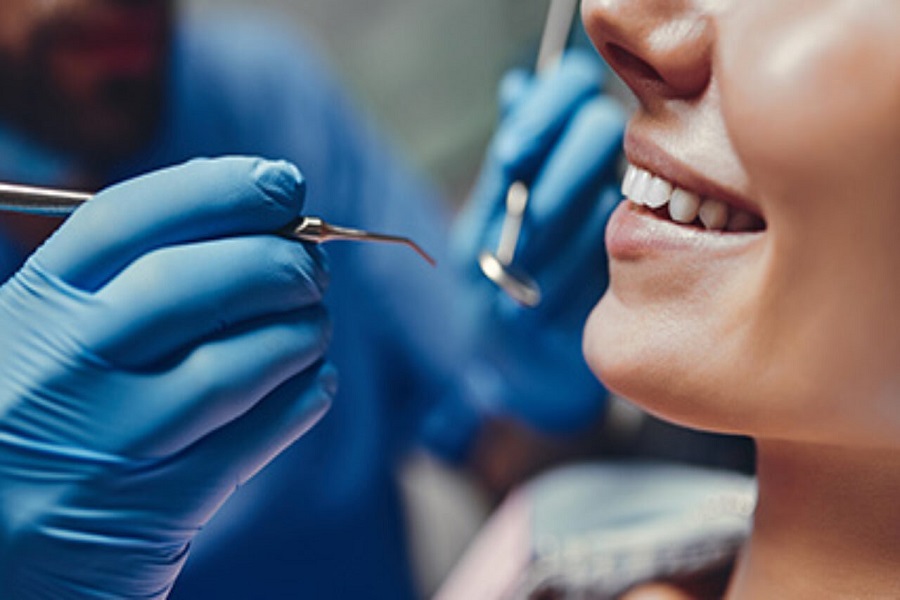Periodontitis refers to diseases that occur in the periodontal tissues (gingiva, periodontal ligament and alveolar bone), mainly including gingivitis and periodontitis. Gingivitis is an early stage of periodontal disease, which refers to a chronic disease that occurs in the gums, with insidious onset and slow course. There are no symptoms in the early stage, and it is easy to be ignored. Without timely treatment, gingivitis will worsen and form periodontitis, which is the late period of periodontal disease. Some even cannot be treated and need to be removed. Therefore, the prevention of periodontal disease is an oral health issue of great concern. Acute periodontitis refers to a limited acute suppurative inflammation in the periodontal tissue, which can lead to the formation of periodontal abscesses in the later stage. How is periodontitis treated? Let’s see if there is any good solution: how to treat acute periodontitis? The first stage is the basic treatment stage. The main purpose is to use conventional treatment methods for periodontal disease, to remove or control clinical inflammation and bite pathogenic factors, which mainly include oral self-cleaning, extraction of teeth with poor prognosis and unfavorable restoration, gingival Upper scaling, subgingival scaling to remove plaque and calculus, use of antibiotics to control inflammation, jaw adjustment, etc.; the second stage is periodontal surgery and loose teeth fixation; the third stage is permanent restoration treatment, usually in 2-3 months after the operation: The fourth stage is the review and treatment section, which will be conducted every six months, including inspection of plaque control, health education, and filming to further formulate a treatment plan.
Advertisements
How is acute periodontitis treated?
Advertisements
Related Posts
Popular Articles
3 Best Teeth Whitening Gels Used by Dentists
Teeth whitening gels are popular products used by dentists to help patients achieve a brighter smile. These gels contain active...
Latest Posts
Tags
alveolar bone bad breath black teeth bleeding gums cold light whitening crooked teeth cure dental care dental implant dental implants Dental Insurance dentures discolored teeth disease gingivitis Gum Disease misaligned teeth oral disease orthodontic orthodontic care orthodontics orthodontic treatment periodontal disease periodontitis permanent teeth porcelain teeth teeth teeth cleaning teeth white teeth whitening teeth whitening methods Teeth Whitening Strips tooth tooth decay tooth extraction tooth filling ultrasonic cleaning underbite whitening whitening toothpaste white teeth wisdom teeth wisdom teeth extraction wisdom tooth yellow teeth

Panda Oral – oral and dental health consultants around you, providing orthodontic, tooth whitening, dental implants, scaling, filling, extraction, dental implants, dental caries, wisdom teeth, bad breath, bleeding gums, oral ulcers, periodontal disease for patients with dental diseases It can help you solve oral problems easily.【Contact us: [email protected]】
Recent News
Copyright © 2023 PANDA ORAL - Oral_Oral health_oral hygiene_oral care_dental health_dental oral surgery



























